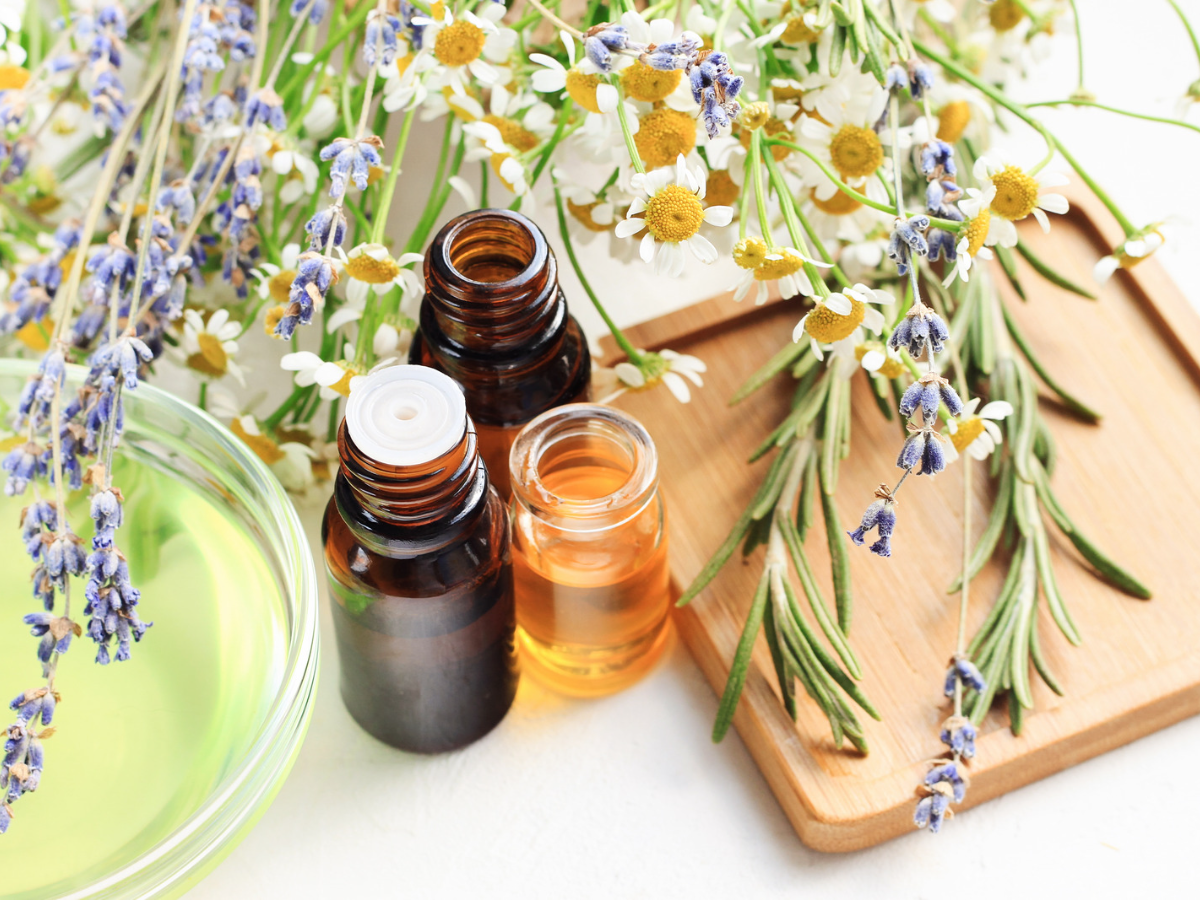La naturopathie est une approche holistique de la santé qui vise à prévenir les maladies et à promouvoir le bien-être global de l'individu. Elle se base sur les principes fondamentaux de la nature et met l'accent sur l'équilibre entre le corps, l'esprit et l'environnement, en tenant compte de l'interconnexion de ces éléments dans le maintien d'une santé optimale.
Les naturopathes considèrent que les symptômes d'une maladie sont des signes indiquant un déséquilibre sous-jacent et cherchent à identifier la cause profonde plutôt que de simplement supprimer les symptômes.
Dans cet article, nous explorerons les 10 techniques clés utilisées en naturopathie en commençant par les 3 piliers principaux.

Les 3 piliers
La bromatologie ou science alimentaire:
C’est l’étude des aliments et de leur composition. Elle examine les propriétés nutritionnelles, chimiques et physiques des aliments, ainsi que leur transformation, leur conservation et leur impact sur la santé humaine. La bromatologie joue un rôle essentiel dans l'évaluation de la qualité des aliments, l'identification des additifs et contaminants éventuels, ainsi que dans le développement de méthodes de conservation et de transformation alimentaire. Elle permet ainsi de déterminer la valeur nutritionnelle des aliments et d'analyser les risques potentiels pour la santé.
Les exercices physiques: Le mouvement est essentiel pour maintenir la santé. La naturopathie encourage l'activité physique régulière adaptée aux besoins de chaque individu. Cela inclut tous les types d’exercice de la pratique douce (marche, yoga, tai-chi, étirements, etc.) aux exercices plus soutenus.
La gestion psycho-émotionnelle: C’est une composante essentielle de la naturopathie, qui reconnaît l'importance et l’impact significatif sur la santé des émotions et du stress. Les naturopathes utilisent différentes techniques pour aider les personnes. Cela peut inclure différentes approches basées, par exemple, sur la relaxation, la méditation, les méthodes de libération émotionnelle, telles que l'EFT (Emotional Freedom Technique), la visualisation, l’utilisation de fleurs de Bach ou encore l’olfactothérapie.
Les techniques complémentaires
La phytologie: C’est l’étude et l’usage des plantes. Elle intègre la phytothérapie, l’aromathérapie (huiles essentielles), la gemmothérapie (bourgeons) ou encore l’hydrolathérapie (hydrolats ou eaux florales). Les plantes peuvent être ainsi conseillées sous différentes formes: infusions, décoction, teinture mère, extrait de plantes, huiles essentielles, hydrolats, cataplasme, elixir floral, etc.

Les techniques respiratoires: La respiration profonde et consciente est un outil puissant pour réduire le stress, oxygéner le corps et favoriser un état de calme intérieur. Les naturopathes utilisent souvent des techniques de respiration spécifiques pour aider les individus à gérer le stress, améliorer leur énergie et soutenir leur bien-être émotionnel.
L’hydrologie: C’est l'utilisation de l'eau à des fins thérapeutiques pour améliorer les échanges cellulaires en mobilisant les liquides de l’organisme (sang, lymphe, liquide extra-cellulaire). Elle peut être utilisée en interne comme en externe sous forme de bains chauds ou froids, dérivatifs, de compresses, de douches alternées, d’enveloppements, de sauna/hammam, etc.
Les techniques manuelles: Il s’agit de tous les soins manuels agissant sur le bien-être : massages de relaxation et de bien-être pour relaxer le corps et l’esprit.

Les techniques réflexes:
Réflexologie plantaire, palmaire, linguale, auriculaire et nasale. Ces techniques agissent sur l'ensemble de l'organisme par la stimulation des zones réflexes (zones qui correspondent à la projection sur une région du corps des autres parties de notre corps).
Les techniques énergétiques: On y retrouve les techniques énergétiques visant la correction de la circulation énergétique subtile (magnétisme, usage d’aimants, reiki…).
Les techniques vibratoires: Cette technique naturopathique utilise les propriétés biologiques ou thérapeutiques de rayons naturels, des sons et de la musique. On y retrouve l’héliothérapie ou bains de soleil, la chromothérapie avec les couleurs, la luminothérapie avec lampes, l’utilisation des fréquences sonores, bols tibétains, mantras.

Ces techniques complémentaires ne sont pas nécessairement utilisées toutes ensemble et à chaque fois. Un naturopathe adapte et utilise ces techniques en fonction de ses affinités et des besoins de chaque personne.
La naturopathie est une approche complète et naturelle de la santé, qui utilise une variété de techniques pour soutenir la guérison et le bien-être global. Que ce soit par le biais de l'alimentation saine, des plantes médicinales, de l'hydrothérapie, des techniques de relaxation ou d'autres méthodes, la naturopathie vise à restaurer l'équilibre et la vitalité naturelle du corps. En travaillant en harmonie avec la nature, cette approche holistique offre une alternative précieuse pour promouvoir une santé optimale.

